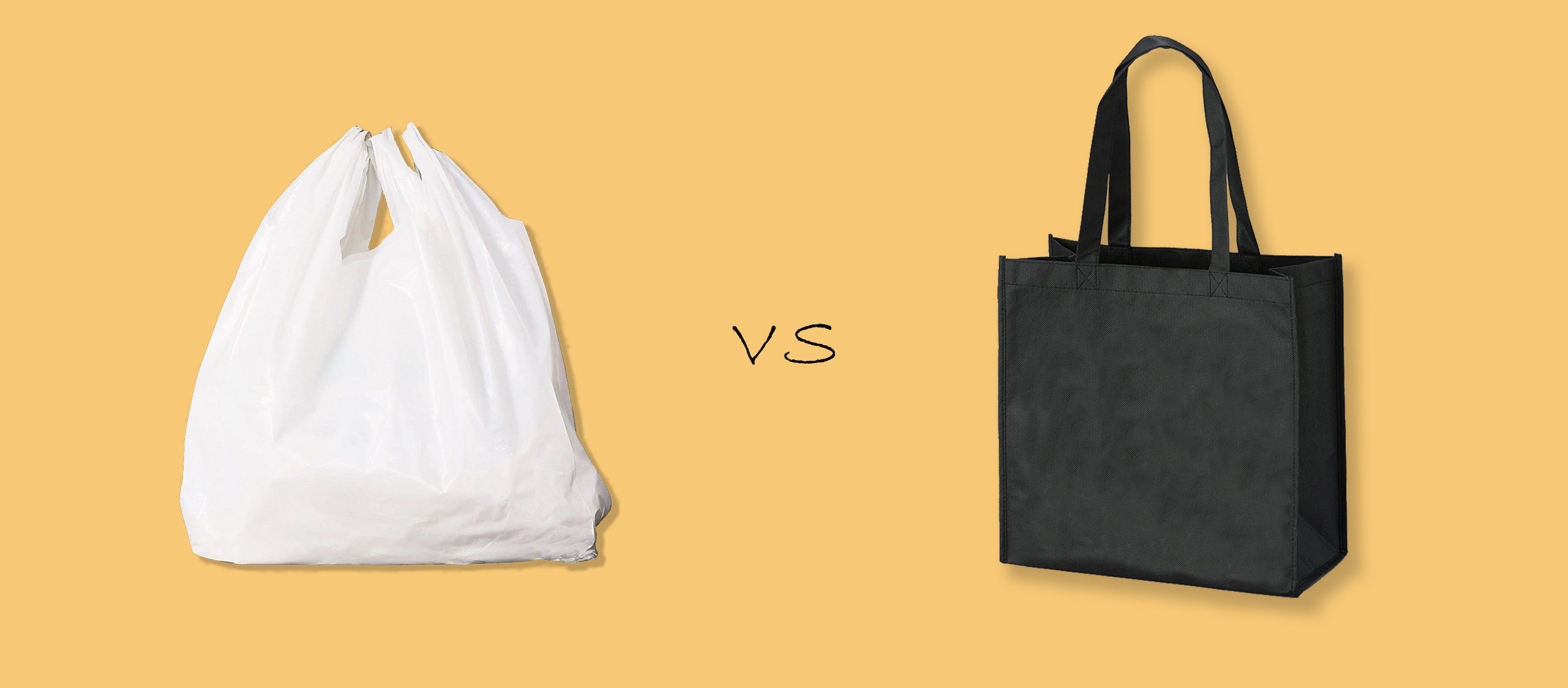In the 1980s, “The Green Consumer Guild”, regarded as the bible of green consumption, was published in the UK. The author published an edited version in 2007, stating that plastic bags are “a better ecological choice” because plastic bags are lighter than other bag types and take up less landfill space.
In addition, the “Global Warming Survival Handbook” lists that each plastic bag only brings about 1.2 pounds of air pollution; When producing plastic bags, it consumes less energy.
A 2006 study by the British Ministry of the Environment pointed out that if you want to offset the environmental impact of using a plastic bag once, you only need to reuse it according to the material of bag. Paper bags, only need to be reused 3 times; non-woven bags need to be reused more than 12 times; cotton bags, the most common eco-friendly bag material, need to be used 131 times to offset the use of plastic bags.
In 2008, The ULS Report from the United States pointed out that if a plastic bag is used four times, it can offset the environmental impact caused by manufacturing and disposal.
According to the Hong Kong Nonwovens Association, at least five million nonwoven bags flow into the market every year. The annual production volume can already meet the demand of Hong Kong, but it is still increasing by 20-30%.
Hong Kong’s landfills are full of plastic, and in 2011 there were 100 tons of bottled water alone. However, including plastic bags, etc., plastics account for less than 20% of the waste sent to landfills. And the largest amount is food waste.
Which kind of bag is the most environmentally friendly? There is no absolute answer. As a professional packaging company, we will make the best customer suggestions based on each request.

